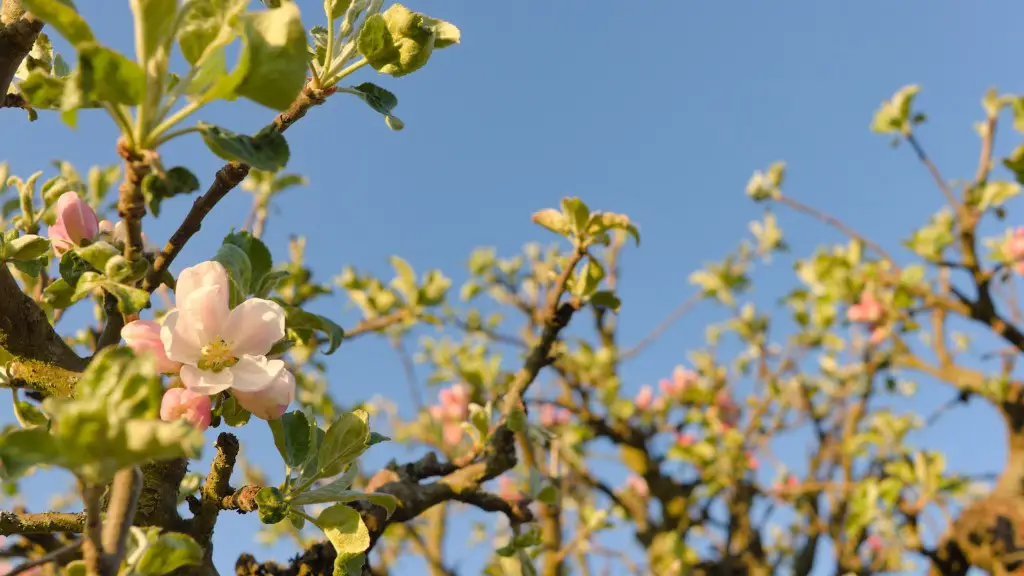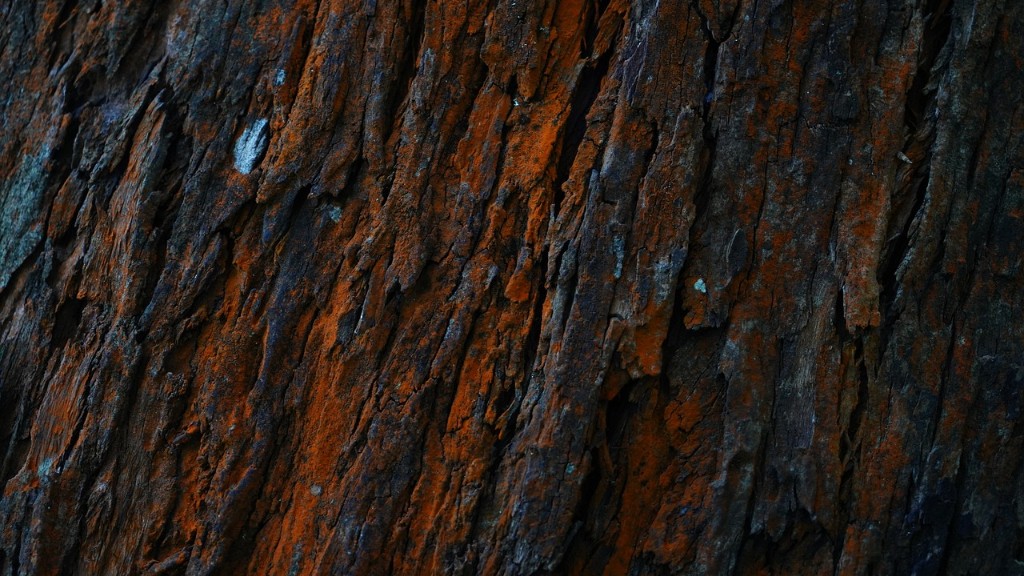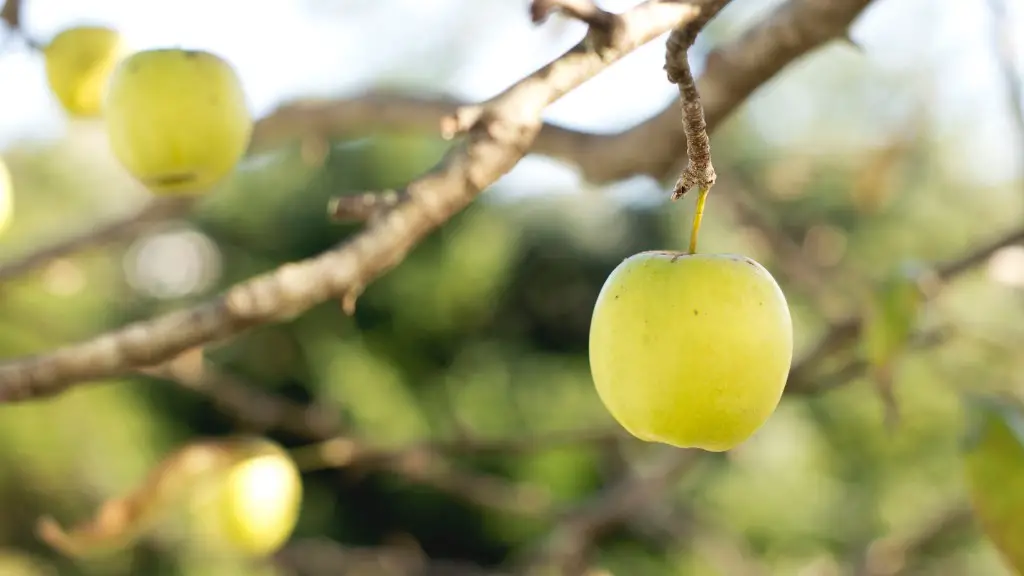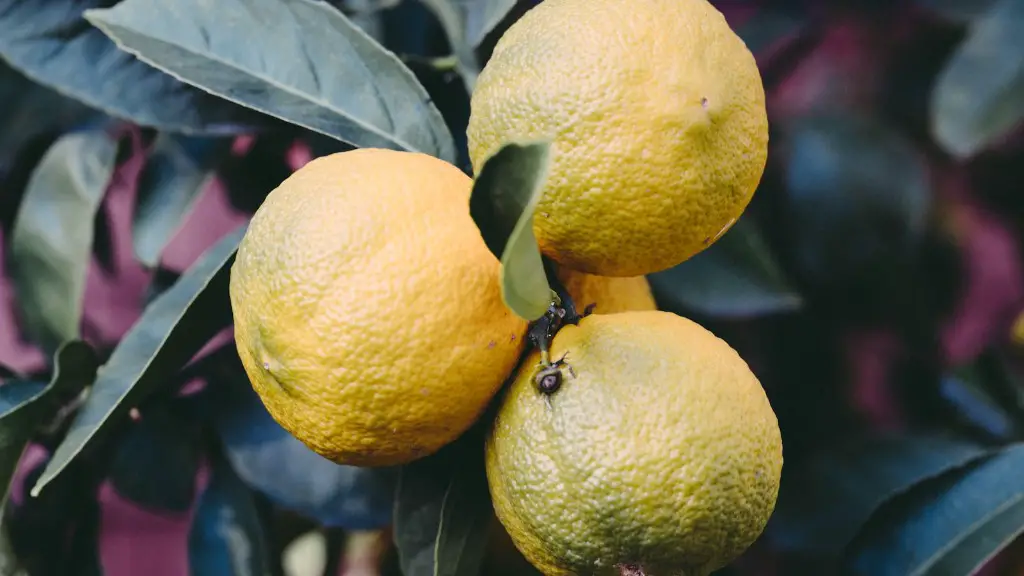Apple trees, with their fragrant blossoms and delicious fruit, have become an integral part of the landscape for many homeowners. However, apple trees can be vulnerable to numerous diseases and pests. If a disease infects an apple tree, it is important to take steps to treat and prevent the conditions so that the tree remains healthy. The following steps can help cure apple tree diseases.
Nutrient Deficiencies
Nutrient deficiencies can be the primary cause of many diseases in apple trees. Many times, the tree may need certain minerals, such as zinc, which can help it fight off infection and remain vigorous. Generally, soil test kits can be purchased to check for nutrient deficiencies and the results can help owners decide which fertilizer and other nutrients need to be applied. To ensure that the apple tree is receiving enough nutrients, fertilizer should be applied monthly, including during the winter.
Proper Pruning
Adequate pruning of an apple tree can help keep it healthy. Infections, such as those caused by the fungus apple scab and fireblight, can be minimized by pruning away any mature or old branches that have been affected. Proper pruning can also help enhance air flow and reduce the buildup of moisture in the tree that can lead to an increased risk of fungal infections. Pruning any dead or diseased branches can help minimize the spread of the disease and limit the number of spores that can be released into the environment.
Destroy Affected Parts
When an apple tree is infected, pruning tools should be sterilized with hot water and a mild rubbing alcohol solution, to help prevent the spread of the disease. The pruned portions of the tree should also be sterilized to help reduce the likelihood of any surrounding trees becoming infected. Additionally, any fallen debris, such as leaves, should be collected and destroyed.
Watering and Mulching
Applying water and occasional mulch can help reduce the risk of spreading and developing diseases in apple trees. Watering the tree at its base is essential, especially during dry spells. Each week, about an inch of water should be applied. Mulch can also be added around the base of the tree to help protect its roots from temperature variations and allow the soil to retain moisture. Mulching the area also suppresses weed growth, which can introduce disease-causing pathogens to the apple tree’s environment.
Using Sprays
In cases where a tree is severely infected and cannot be treated with the steps above, chemical sprays may need to be used. However, chemical sprays should be used only when necessary, as they can have potential side effects to the environment, nearby plants and animals. It is best to consult with a professional to ascertain the type and dosage of spray needed to treat the disease. If chemical sprays are used, they should always be applied in the early morning or late evening, to minimize any potential damage to the environment.
Disease Prevention
Sometimes, preventive measures can help minimize the risk of an apple tree becoming infected. Allowing for adequate air flow by pruning regularly and thinning out overcrowded branches is important. Improving the soil with the addition of organic matter and ensuring the tree has access to nutrients can also help stave off infections. If a nearby tree is known to be infected with a disease, it is best to avoid planting a new apple tree in close proximity, so as to avoid the risk of contamination.
Using Insecticides
Insect pests can also cause an array of problems for apple trees. To reduce the number of insects, insecticidal soaps and oils can be used. If the tree is severely infested, chemical insecticides may need to be applied. These products should be used sparingly and have the label instructions followed strictly, as to avoid any potential unintended effects. As with chemical sprays, insecticides should be applied in the early morning or late evening, to minimize any potential impacts to the environment.
Protection from Cold Temperatures
In cold climates, apple trees can be vulnerable to frost which may damage the buds, leaves and even the bark of the tree. To protect against cold temperatures, the tree can be wrapped in a breathable material, such as a cotton cloth, during the winter months. Additionally, apple trees can benefit from the addition of organic matter to the soil, such as leaf mold, which can help keep the soil moist and warm. Finally, it is crucial to keep the tree properly and adequately pruned so as to enhance air flow and sunlight penetration, both of which can help the tree withstand cold temperatures.
Treating the Soil
The soil should be tested periodically and treated with the necessary nutrients. Adding fertilizer regularly is important, and a mulch layer at the base of the tree can also help ensure the tree is receiving the proper nutrients. Additionally, to reduce the risk of essential minerals leaching from the soil, compost and other organic matter, such as wood chips, should also be added to enhance soil drainage and reduce the soil pH level, as many diseases thrive on unfavorable soil conditions.
Insect Control
Insects, such as aphids, can take a toll on an apple tree, sucking the sap and creating a sticky substance known as honeydew, which can cause molds to form. To mitigate this problem, insecticidal soaps or oils can be applied, particularly when the buds are present. Chemical insecticides may also be needed, such as neem oil or pyrethrins. Larger infestations may require manual removal, such as hand picking the insects away from the tree.
Fungal Diseases Control
Fungal diseases may also be a problem for apple trees. The most common fungal diseases found on apple trees are apple scab, fire blight and cedar apple rust. To help prevent and minimize infection from these diseases, it is important to sterilize all pruning tools with hot water and mild rubbing alcohol. Chemical fungicides can also be applied, but when possible, try to use organic formulations that are made with natural substances, such as neem oil for apple scab and lime-sulfur for fire blight.



